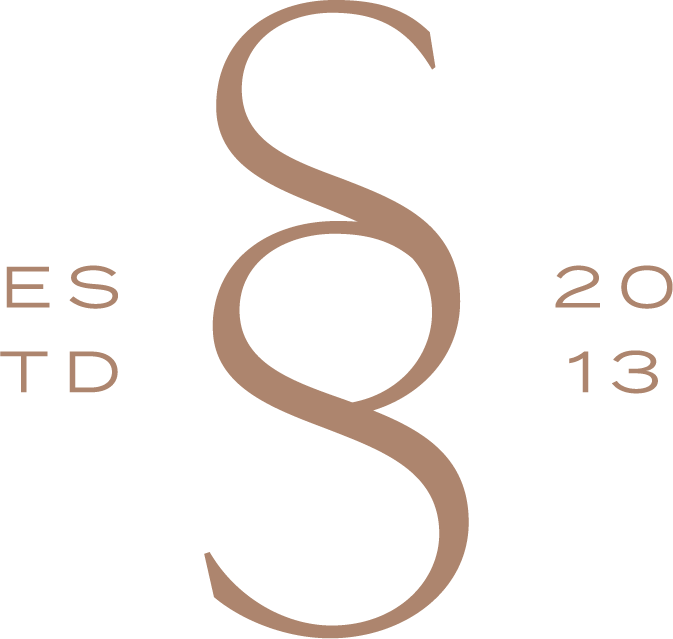9 Ways to Tell if a Piece of Clothing is High-Quality
If you read my previous blog on when to splurge and when to save money on clothing, perhaps you’re realizing it’s time to invest in a few high-quality items that will maintain their shape, color, and construction over time. But how do you tell if a piece of clothing is high-quality? The price isn’t always a determining factor, so it’s a good idea to be equipped with a few other ways to differentiate between a high-quality and low-quality piece of clothing!
Here’s 9 ways to tell if a piece of clothing is high-quality:
1. Assess the weight of the fabric.
Many styles are designed to be lightweight and sheer, but when sheer isn’t part of the style, assess the weight of the garment. A heavier weight constitutes a higher quality item.
2. Look at the stitching.
Are the threads loose, unraveling, snagged, or crooked? Pull the seams tight to inspect whether there’s a gap between the stitches.
3. Check the zipper.
Is the zipper made out of metal, or plastic? A plastic zipper can be hard to zip and keep zipped, easily moving off the track. Another trick is to check whether the zipper is hidden or exposed. Unless it’s a design detail (you shouldn’t see a zipper exposed in a jean, for example), the zipper should always be hidden. Also look to see if the fabric around the zipper matches the fabric of the garment.
4. Investigate the fabric content.
Natural fibers stand up better to wear and tear, though many designers recommend purchasing a blend to optimize the benefits of both natural and synthetic fibers. As it turns out, chemical fibers can actually be more stable than natural fibers. For example, 100% cotton is not always high-quality due to the rise of fast fashion. Purchasing an item with a blend of natural and synthetic fibers is a good way to go.
Here’s a list of natural fibers:
- Cotton
- Silk
- Linen
- Wool
The synthetic fibers derived from natural materials are:
- Modal (this is made using “cellulose fibers,” or a fiber extracted from plants)
- Viscose or rayon (made from wood pulp)
- Tencel (made from wood pulp and bamboo)
One synthetic material to stay away from is acetate. This material is categorized as a “chemical fiber textile” and doesn’t breathe or stretch, wrinkling easily.
It’s important to note that even when natural fibers are used to construct a garment, the manufacturing process may alter or pollute the final product. That’s why it’s important to analyze the garment using the other steps in this article.
5. Do the “pull” test.
Gently tug on the fabric and then release it. Does the fabric retain its shape, or do you notice a new fold in the fabric near the stitching? Does it look altered in any way?
6. Examine the buttons.
Is the button held firmly in place, or are the threads around the button loose and unraveling? Is the stitching sloppy? The buttonhole should also have a neat slot for the button to slide into.
7. Inspect the pattern.
This trick was first brought to my attention by my mother-in-law. As an expert seamstress, she often notices details in clothing and pointed out a shirt a family member was wearing as having a pattern that didn’t line up around the seams. An easy area to spot a misaligned pattern? Look at the seam between the sleeves and front or back section of the garment.
French hem (Photo Credit: www.indiesew.com).
8. Study the hem.
Look at the garment to see whether the hem is flat or stands above the surface of the garment. If the hem can be pulled or tampered with, it isn’t considered a high-quality garment. An especially good sign of high-quality is a French seam. A French seam hides the raw edges of a garment, stitched first on the “right” side and turned in on itself with stitching on the “wrong” side so the raw edges are enclosed in a seam.
9. Check for side seams that twist.
Does a shirt fold on the side seams, or is there a side seam that twists when you go to fold it or put it on? I purposefully bought a jean last year with stitching that twisted down one leg because I loved the style enough that I was willing to look past it. However, now that I’ve owned the jean for about 9 months, I’ve realized how I’ve avoided wearing it because I’ve been embarrassed of the twisting seam. Don’t make the same mistake I did!








